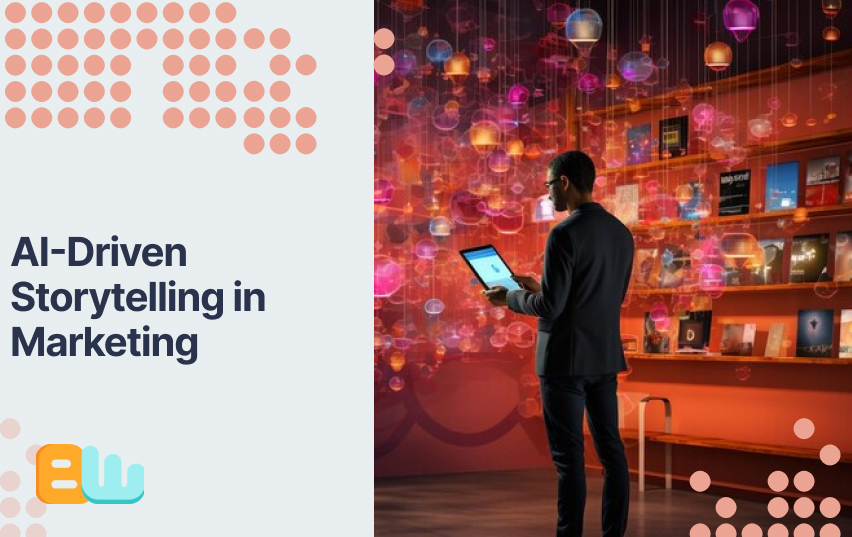
Key Highlights
- Personalization at Scale: AI crafts tailored narratives by analyzing consumer data and predicting preferences.
- Real-Time Adaptation: AI adjusts stories based on current trends for maximum relevance.
- Cost Efficiency: Marketers save time and resources through automation, focusing instead on creative innovation.
- Enhanced Brand Narratives: AI integrates seamlessly to refine storytelling, bridging emotional connections with audiences.
- Actionable Insights: AI-driven tools analyze consumer behavior patterns to improve engagement strategies.
- Global Accessibility: Advanced translation tools ensure impactful storytelling across languages and cultures.
In today’s marketing world, storytelling plays a key role in successful campaigns. AI is making a big difference in this area. With smart algorithms and human creativity, brands use AI storytelling to create personal and engaging stories that touch people’s emotions. This happens through social media chats and larger marketing campaigns. AI helps marketers make meaningful stories that captivate individual users on a large scale. In simple terms, AI storytelling is transforming how we connect, inform, and inspire people everywhere.
Understanding AI in Modern Marketing
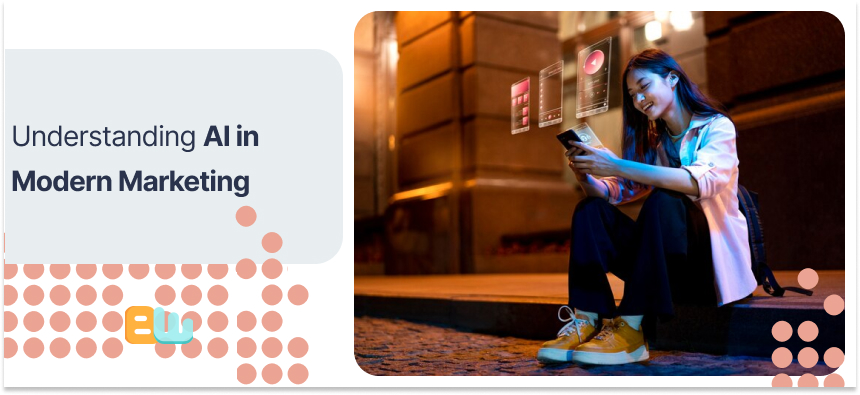
Artificial intelligence is now an important part of marketing today. It is changing how brands make their messages. With AI, marketers can use powerful data analysis tools. These tools help them understand consumer behavior, guess what people want, and quickly change content.
AI makes things simpler and helps creativity by using automation and smart insights. With machine learning and natural language processing, brands can create stories that feel personal and genuine. This helps them connect better with many different people on several platforms.
The Role of AI in Enhancing Brand Narratives
Creating a strong brand story takes creativity and care. AI is important for making this possible. It studies what consumers enjoy and how they engage. By doing this, AI finds the themes that people feel connected to the most. This allows marketers to tell compelling stories that attract people and foster loyalty to the brand.
Using AI in storytelling doesn’t mean less human creativity; it can actually improve it. AI tools allow brands to explore fresh creative ideas. They help in crafting unique stories and provide helpful insights. A great example is when Coca-Cola used an AI project. This project allowed customers to create their own personalized artwork. It shows how technology can blend nicely with emotions.
Brand storytelling can grow easily with the help of AI. AI automates tasks such as improving messages and sorting audiences. This allows stories to reach different groups at the same time. Using AI changes marketing ways. It offers many choices to improve how brands connect with customers and share their messages.
How AI Tools Interpret Consumer Data for Storytelling
Knowing how consumers act is important for creating great stories. AI can assist in this by examining large amounts of data. AI tools search through big data to find trends and preferences. This shows what audiences enjoy and what they do not. Marketers can then build stories that relate to their target groups.
Machine learning models help us see patterns in what people say, how they act on social media, and their shopping habits. This shows us what makes them feel good. Marketers use this information to change their messages and even predict what people might do next.
AI is really good at making changes quickly. For instance, marketers can update campaigns to reflect what people feel or current cultural events. This helps to keep the content fresh and engaging. With AI, brands can turn simple data into genuine stories that have emotional depth and focus on the user. This is a powerful strategy in marketing today.
Key Techniques in AI-Driven Storytelling
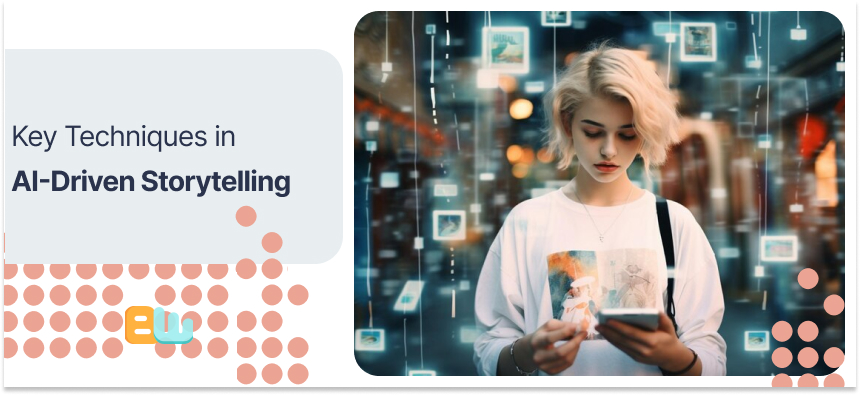
AI-driven storytelling uses fun techniques. It makes decisions as things happen. It also sends messages that feel personal. Tools like natural language generation make stories richer. They make messages feel more human. This helps people connect better with them.
Another key area is sentiment analysis. This looks at how people feel. It helps brands focus on tones and themes that relate more to their audience. Predictive analytics adds to these methods. It lets marketers create stories for individual users. This makes personalization better and stronger than traditional methods.
Leveraging Natural Language Generation (NLG)
Natural language generation (NLG) is a powerful tool for marketers. It helps create content using algorithms that follow human creativity. With generative AI, brands can personalize marketing campaigns. This builds better connections with individual users. NLG can also look at consumer behavior and feelings. Marketers can then create blog posts and social media content that resonate with their audience’s emotions. These actions lead to higher engagement and realness in brand storytelling. The future of AI in this area looks very bright.
Utilizing Sentiment Analysis to Craft Emotional Appeals
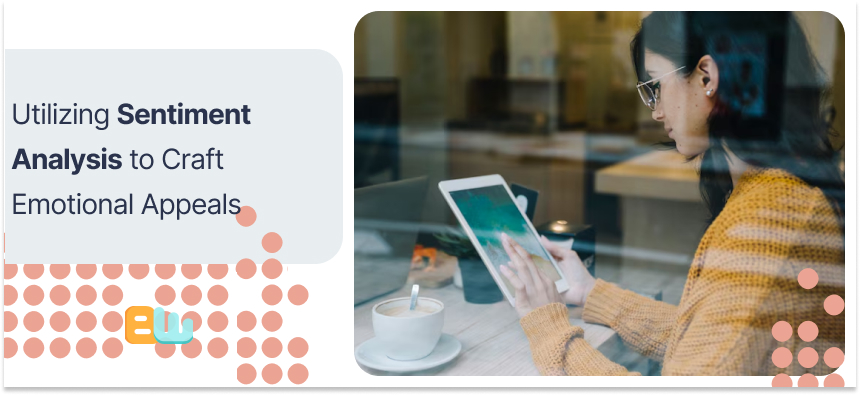
Sentiment analysis goes beyond just checking data. It looks at emotional depth. This helps marketers understand consumer behavior more effectively. This method uncovers feelings in reviews, social media posts, and other user-generated content. It helps brands create messages that connect well with their audience.
Implementing Predictive Analytics for Personalized Stories
Predictive analytics turns personalization into a science that looks at how consumers act. This approach helps brands figure out what people might do later. They then craft messages that match each person’s preferences and needs.
Predictive tools are good at understanding audiences. They look at things like what people have done before, their age, and their feelings. A great example is Netflix. They use AI algorithms to suggest shows that people may want to watch a lot. These tools also help create stories about topics that many people like. When consumers get suggestions made just for them, they feel recognized and appreciated. This is key for building loyalty.
Imagine receiving a marketing email that shows products you actually want. This is now possible because of machine learning and predictive analytics. These tools help brands change their messages as audience interests change. For marketers, this means more authentic connections, higher engagement, and better returns on their investments.
Tools and Technologies Powering AI Storytelling
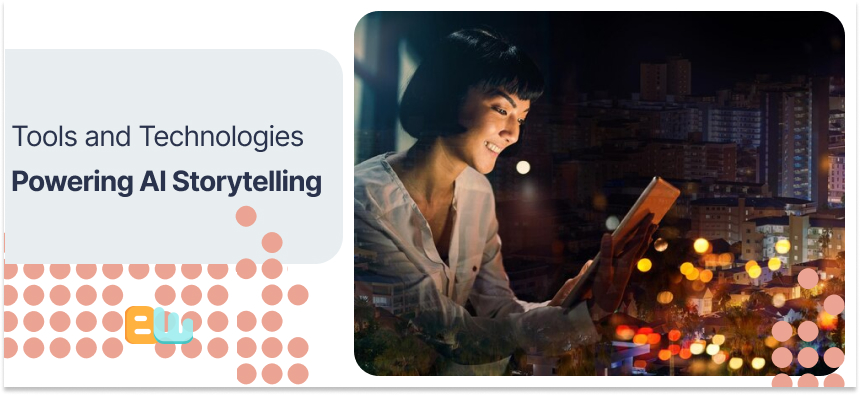
The digital age has given us new tools for AI storytelling. Technologies like NLP and sentiment analysis help us create engaging and personal stories. Predictive analytics systems also support this process.
These tools help with content generation and boost creativity in various areas. For instance, Jasper and ChatGPT create great content quickly for marketers. Meanwhile, NovelAI and Sudowrite provide special ways for writers to tell engaging stories. By mixing data efficiency with human creativity, these technologies are changing the way we share our thoughts online.
Overview of Leading AI Storytelling Platforms
The rise of AI storytelling platforms is making it easier for marketers and content creators to do their work. Jasper is a good option for brands that need quality writing. It offers several features to create effective copy. NovelAI is all about creative writing. It gives tools to build characters and develop storylines.
Charisma.ai offers interactive experiences that stand out. Its real-time storytelling is great for games and exciting campaigns. This platform helps brands find new ways to share stories while keeping them personal and real. Whether you are creating viral social media posts or writing longer articles, these AI tools show the future of storytelling.
Comparing Features of Top AI Tools
| Tool | Features | Uses |
| Jasper | Content generation and SEO | Blogs, marketing copy |
| ChatGPT | Conversational writing | Chatbots, narrative creation |
| NovelAI | Creative plot integration | Story crafting, fiction writing |
| Charisma.ai | Interactive storytelling | Gaming, dynamic marketing |
Brands and marketers should pay attention to what these tools can do for their storytelling goals. Jasper works well for SEO and can attract a lot of engagement. On the other hand, Charisma.ai is better for making interactive content. Knowing what each AI tool can offer will help you meet your campaign goals. This way, your efforts can be more effective and impactful.
Conclusion
AI-driven storytelling is changing how brands connect with people. Marketers can use artificial intelligence to create stories that feel personal. This helps keep audiences engaged and can increase sales. Techniques like sentiment analysis and natural language generation make storytelling easier. They also allow brands to tailor content to the needs and feelings of consumers. As businesses use more AI tools, they find new ways to create stories that are informative and emotionally engaging. To keep up in this fast-changing world, think about adding AI to your marketing strategy. This can enhance your storytelling and build stronger connections with your audience. If you want to learn how AI can change your brand’s story, check out our recommended tools and start today!
Frequently Asked Questions
What are the primary benefits of using AI in marketing storytelling?
AI helps marketers tell personal and real stories. It boosts engagement by using data to understand how consumers act. With tools like automation and live updates, AI transforms brand storytelling. It ensures that stories stay relevant and have emotional depth in all campaigns.
